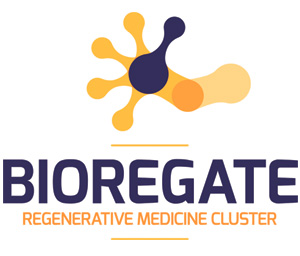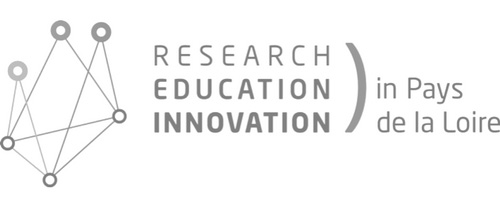Project abstract
Context and current knowledge
Heart failure is a major problem of public health in industrialized countries, and lacks completely effective therapy. The cell therapy constitutes a promising advancement in the treatment of the cardiac pathologies, considered to this day as irreversible. However, none of the cellular types investigated until today, fulfils all the criteria of the ideal cell (repair capability, administration and sample facility, absence of immunological or tumoral risk, favourable cost-efficiency ratio).
The PAnTher lab isolated and characterized a marginal adult stem cell population from healthy skeletal muscle, the MuStem cells (Rouger et al., 2007). It established the proof of concept of the systemic delivery for these cells in the dystrophic dogs, corresponding to the clinically relevant animal model for Duchenne Muscular Dystrophy, and also demonstrated its therapeutic efficacy. In fact systemic injection of MuStem cells induces the limitations in muscular damage, an increase of regeneration and a persisting impact on dog clinical status (Rouger et al., 2011).
Further the tissue exploration studies reveal modes of action on a large number of biological processes encompassing not only on the muscles of skeletal system but also on respiratory muscle tissue (Robriquet et al., 2015, 2016; Lardenois et al., 2016). Fortified by these results, promoting the MuStem cell as potential candidate for the treatment of muscular dystrophy, the isolation and the characterization of the human agent were established. The experimental data already collected let foresee a real feasibility of preparation of an innovating medicine of therapy in regenerative medicine.
In the recent years, similar murine cells showed a beneficial effect in a context of cardiac lesion (Oshima et al., 2005; Pay et al., 2005; Sekiya et al., 2013). Besides, mesenchymal stem cells were presented as being capable of modulating the cardiac function mainly through their trophic factors in particular drived by exosomes. All these data help suggest that no resident stem cells of the cardiac muscle could constitute a biological support interesting for the implementation of approach of cellular therapy in a context of cardiac pathology.
Objectives of the project
The general objective of the project is to define if MuStem cells can interact with the cells of the cardiac tissue.
For this, we will search to analyse:
- the interactions through direct contact between these populations and those indirect using soluble factors concentrated in the exosomes, thanks to the development of 3D co-culture systems for cardiomyocytes and cardiac fibroblasts, and
- the consequences of the MuStem cell delivery in a context of heart infarct in terms of cell integration and survival but also tissue remodelling and cardiac function.
Expected results
In vitro experiments will allow us:
- to show the acquisition of cardiomyogenic profile by the MuStem cells,
- to determine paracrine factors that impact on the cardiac sphere,
- to define the impact of MuStem cells on the properties of cardiomyocytes.
In vivo experiments will allow us to show:
- the repair of the infarcted area of myocardium after administration of MuStem cells and/or their exosomes
- an improvement of the cardiac functional properties.
Methodology
The commitment in the cardiomyogenic lineage and the products of secretion of MuStem cells will be analyzed in vitro by immunocytochemical, molecular biology and biochemical techniques. The properties of contractility, excitability and secretion of cardiomyocytes will be explored in vitro with the implementation of a system of 3D co-cultures and biochemical tests.
Protocols of intra-myocardial and intravenous administration of the MuStem cells will be set up in an in vivo in a model of immunodeficient rat having undergone a coronary ligature. The therapeutic efficiency of these approaches will be determined by histological analysis (tissular integration), by ultrasound, functional tests and by molecular analysis.
The purpose of this project will be to define if the potential benefits of MuStem cells can be extended in the cardiac tissue. These innovative results in the field of the regenerative medicine would allow us to propose the MuStem therapeutic agent in the field of the cardiac affections.

